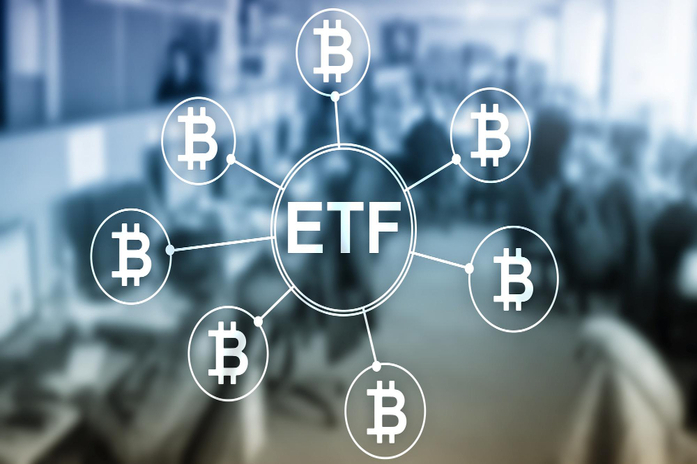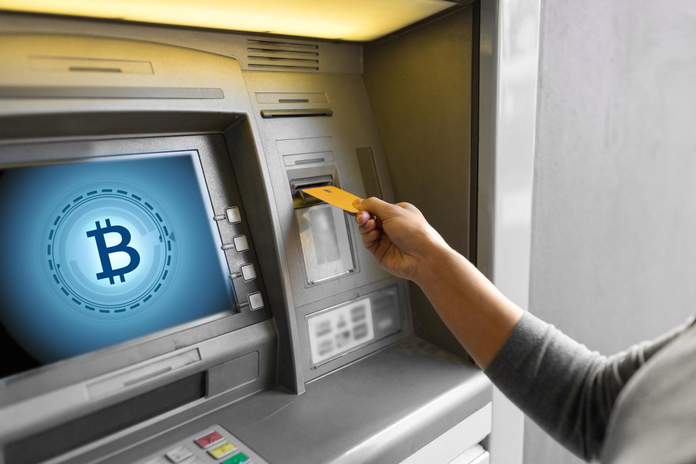Bitcoin ETFs Suffer Fifth Straight Day of $288M Losses
This post was originally published on this site

The cryptocurrency market has been rocked by significant fluctuations, with Bitcoin ETF losses continuing to accumulate. On September 3, spot Bitcoin exchange-traded funds experienced their fifth consecutive day of outflows, totaling $287.8 million in negative flows. As the market grapples with sharp declines, Bitcoin ETFs now hold a total net asset value of $52.7 billion, according to SoSo Value data.
Crypto Market Decline Fuels Bitcoin ETF Losses
The recent performance of Bitcoin ETFs reflects broader struggles within the cryptocurrency market. Bitcoin itself dropped by 4.1% over the past 24 hours, reaching $56,600. Ethereum, the second-largest cryptocurrency by market capitalization, also faced a 4.3% decline, dropping to $2,400. According to data from Decrypt, these sharp drops come amidst a surge in market liquidations. Coinglass data reveals that liquidations hit nearly $200 million, including $168.38 million in long positions and $30.47 million in short positions.
While the volatility of cryptocurrencies has always been a concern, the sustained losses in Bitcoin ETFs signal that investor confidence may be wavering. As riskier assets like crypto become less appealing during uncertain economic conditions, ETFs, traditionally considered safer investment vehicles, are now facing the consequences of a volatile market.
Ethereum ETFs Also Suffer Significant Outflows
The downturn is not limited to Bitcoin ETFs. Spot Ethereum ETFs have also logged cumulative net outflows of $47.4 million. Grayscale’s Ethereum ETF led the losses with a $52.3 million decline in value. Ethereum ETFs now hold net assets of $6.7 billion, a significant drop in performance compared to earlier months. In fact, last month marked the worst monthly performance for Ethereum since the collapse of FTX in 2022.
These combined outflows from both Bitcoin and Ethereum ETFs underscore the broader challenges facing the cryptocurrency market. As confidence in crypto falters, Bitcoin ETF losses reflect the larger trend of reduced investor interest and participation in crypto-based financial products.
Key Factors Behind Bitcoin ETF Losses
There are multiple reasons behind the recent Bitcoin ETF losses and the broader crypto market downturn. One significant factor is the recent performance of Nvidia (NASDAQ:NVDA), which saw nearly $300 billion wiped from its market capitalization. As Nvidia plays a crucial role in the technology sector, its sharp decline has made investors more cautious, pulling away from riskier assets like cryptocurrency.
Additionally, Bitcoin halving in April 2024 has played a role in shaping the current market conditions. The halving event reduced the reward miners receive for validating transactions, thereby decreasing miner profits. As a result, mining firms have increased the cost of Bitcoin, which has contributed to higher prices and less favorable conditions for investment. This has added to the pressure on Bitcoin ETFs, which are already struggling due to market volatility.
QCP Capital, a trading firm, noted in a statement, “QCP’s Volatility Momentum Indicator has been triggered this morning for both Bitcoin and Ether, indicating that the market is entering a period of heightened volatility.” This prediction further underscores the challenges facing the cryptocurrency market, as increased volatility tends to scare away investors who are risk-averse.
The Future of Bitcoin ETFs in a Volatile Market
The recent string of Bitcoin ETF losses raises concerns about the future of cryptocurrency investments, particularly for institutional investors who seek stability in their portfolios. With negative flows surpassing $288 million, it is clear that investor sentiment toward crypto has taken a hit. Although Bitcoin ETFs provide exposure to cryptocurrency without the need for direct ownership, they are not immune to the broader market conditions affecting Bitcoin and Ethereum.
Looking ahead, the key question remains whether Bitcoin ETFs will recover as market conditions stabilize or if the current downtrend will persist, further eroding investor confidence. While the long-term potential of cryptocurrencies remains a topic of debate, the short-term outlook suggests that volatility will continue to impact the performance of Bitcoin ETFs.
Conclusion: Navigating the Challenges of Bitcoin ETF Losses
As Bitcoin ETFs experience their fifth day of outflows, with losses reaching $288 million, the cryptocurrency market faces mounting pressure. The combination of volatile asset prices, external economic factors like Nvidia’s performance, and the effects of Bitcoin halving has created a challenging environment for crypto investors. With both Bitcoin and Ethereum ETFs suffering significant declines, investors will need to closely monitor the evolving market conditions to determine whether these losses represent a temporary dip or a prolonged trend.
Featured Image: Freepik






